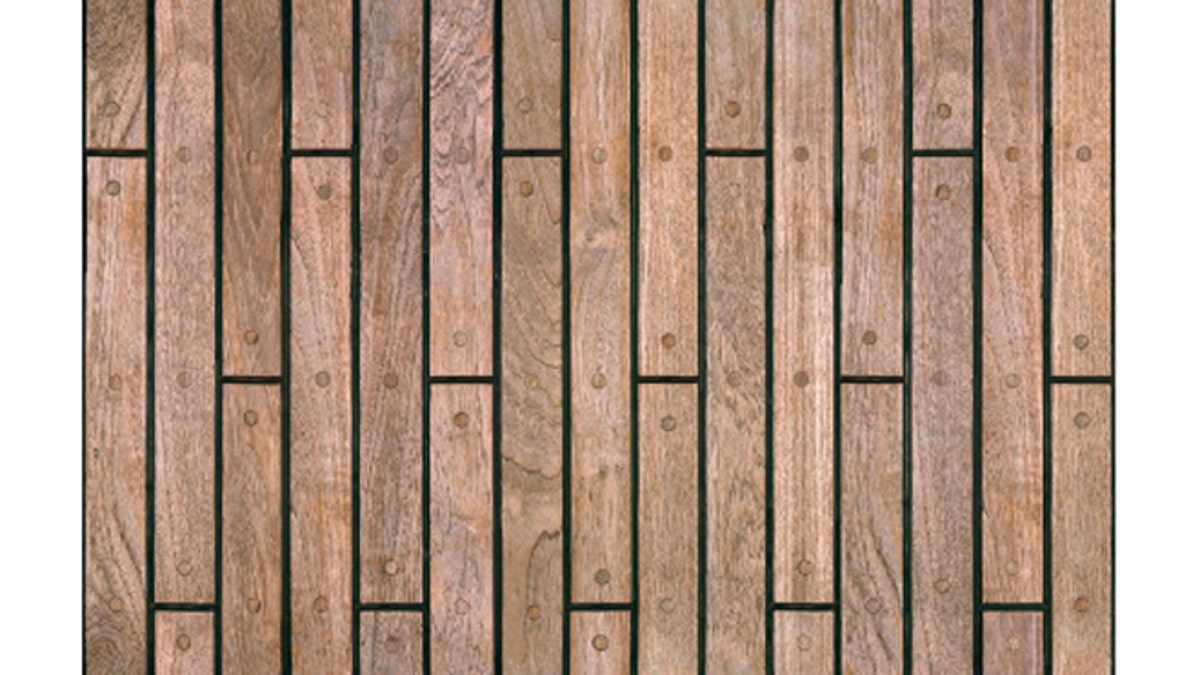
(iStock)
Whether you live on an active fault line or in tornado alley, here are some tips to keep your family safe and your home protected should the worst occur.
Are You Covered?
One of the most common mistakes homeowners make is assuming their insurance will cover them in the event of a disaster. Unfortunately, many basic insurance plans don’t cover all the threats that can occur in connection with a catastrophe. In hurricane- or earthquake-prone areas, homeowners usually need a separate policy to protect themselves from these types of disaster.
Traditional homeowners insurance also doesn’t cover damage caused by flooding. So even if you’re covered in the event of a hurricane, if the storm surge produces inland flooding, you’ll need separate flood insurance to cover that damage. The federal flood insurance program is the best way for homeowners to get financial protection from floods, so if you live along the coast or an inland flood plain, make sure to sign up.
Be Alert
Early warning is essential, especially for fast-moving disasters like a tornado. To make sure you don’t sleep through a disaster, get a NOAA alert radio. These radios are constantly tuned to National Oceanic and Atmospheric Administration’s weather alert frequency, causing them to sound an alarm when a natural disaster occurs in your area, which means you don’t have to be glued to the Weather Channel to be warned of oncoming danger.
Early warning is essential... To make sure you don’t sleep through a disaster, get a NOAA alert radio.
Be Prepared
Even if your home comes through the disaster unscathed, you might still find yourself without utilities or necessities for quite some time. To make sure you’re prepared for the days after the disaster, build yourself an emergency kit. Food and fresh drinking water are the most important parts of any kit. You should plan to have at least three gallons of water on hand per person, as well as a three-day food supply. To ensure that you’re staying informed in the wake of a storm, you’ll want to have a battery-powered or hand-cranked radio on hand, as well as a solar charger for your phone. Finally, make sure you have a week’s worth of any medications you take regularly so that you’re covered until the pharmacy reopens.
Upgrade Your Home
During hurricanes and tornadoes, your doors and windows are the weakest points in your home. Once a tornado or hurricane tears through a door or window, it can quickly pressurize a home, causing your roof to come flying off. To prevent this, upgrade your doors with a storm door designed to meet FEMA standards, which can withstand the impact of extreme weather. You’ll also want to reinforce your garage door with an aircraft-grade aluminum brace, which greatly increases the amount of pressure your garage door can withstand.
Windows are another entry point for high winds. Well before the winds begin to whip up, it’s a good idea to install hurricane shutters, or purchase some plywood sheets and cut them to fit your windows. That way, when a hurricane starts to bear down on you, shuttering the windows will be a simple job, allowing you to focus on more important things -- like evacuating.
Basic Home Maintenance
A little bit of basic home maintenance can go a long way during a disaster. By assessing problems around the home, you can prevent bigger problems from happening if disaster strikes.
- Trim low-hanging branches close to the house; otherwise, they might smash through windows in high winds.
- Fix right away any cracks in the walls or foundation issues -- those can cause a house to come crashing down during an earthquake or high winds.
- To help prevent flooding, keep gutters clean so that water can quickly drain away from the house.
- When a storm approaches, remove outdoor furniture, barbecues, bikes or any other items that can quickly become dangerous projectiles in high winds.
- Install surge protectors to prevent electrical damage after a blackout.